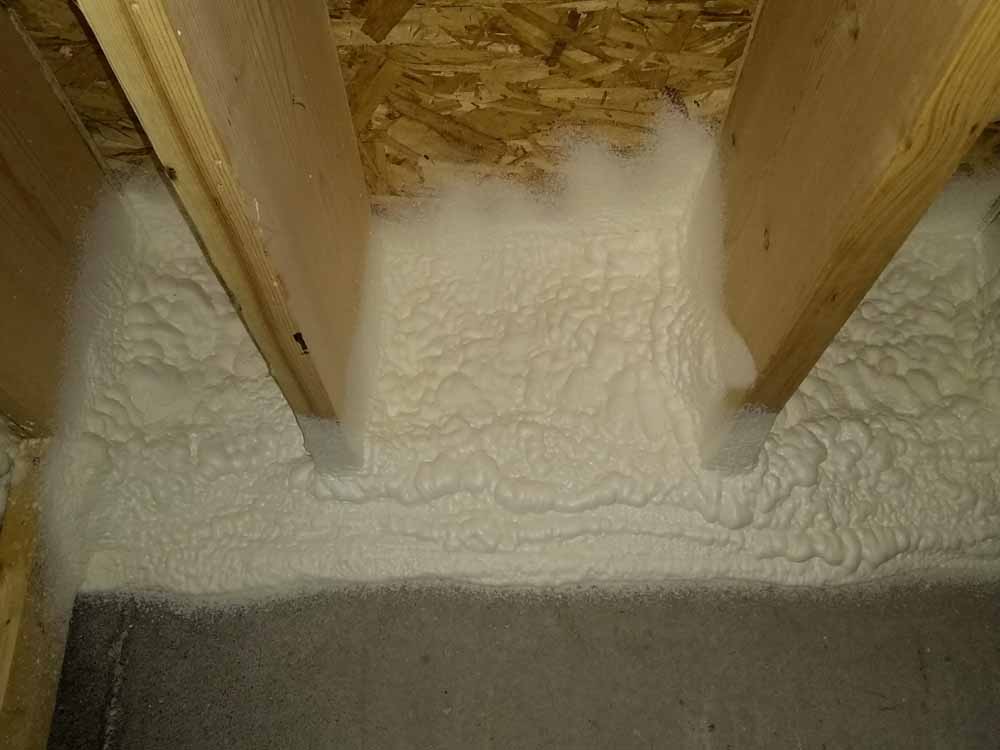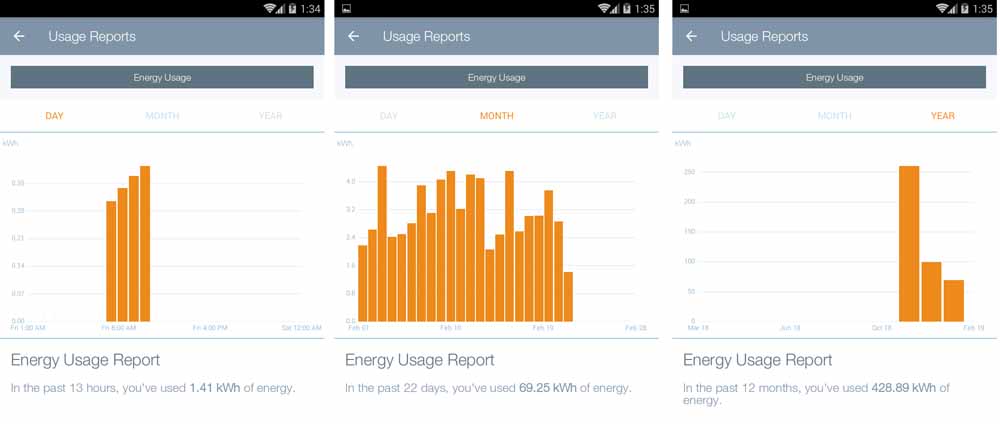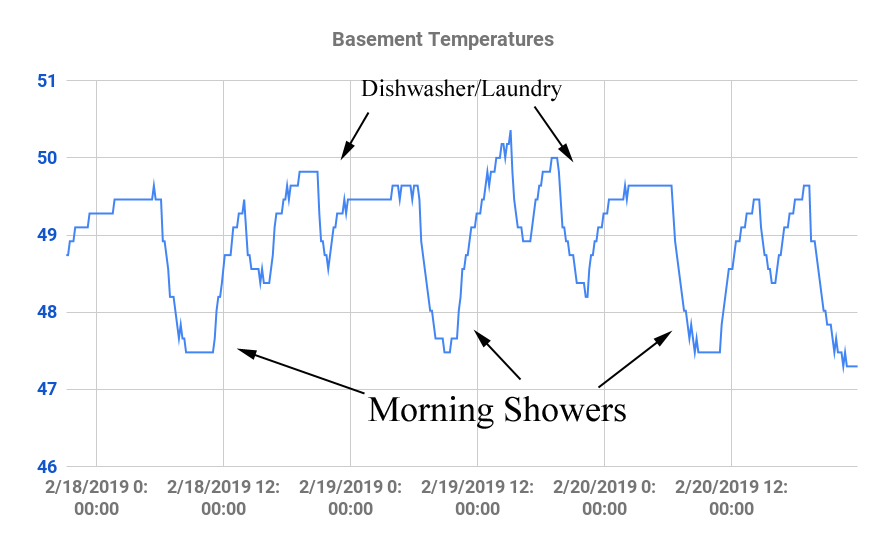Our heat pump water heater (hybrid water heater) in our Net Zero home has similar energy costs to gas fired water heaters and is much less expensive than a standard electrical resistance water heater. Initial results in an enclosed small basement of a highly insulated house in Minnesota suggests this environment is suitable for hybrid water heaters.
When we were designing our Net Zero house we had to determine if we were going to have a basement for hobbies and house mechanicals or if we were going to go with no basement and stick the mechanicals in a first floor closet/small room. Initially, we were hoping to have a full basement both for the storage and to have a hobby area. This however was not economically feasible as a full basement increased the cost of the house over and above what the space would provide. In addition, we decided we wanted to use a concrete slab as our thermal storage system and slab on grade was the most economical. However, calculations regarding the sizing of the slab vs. the size of the space indicated we could have a 1/3 basement sitting under the small powder room, laundry, and pantry on the west side of the house which is not under the slab on grade.
Since the entire house is a walk-out, the basement is entirely below grade. In addition the basement was sized small enough so that it did not have to have a mode of egress besides the stairs (so no window/ window well required). This helps minimize thermal losses through transmission from walls/windows directly to air and infiltration through wall/window joints. The basement walls were continuous poured concrete in 10″ wide forms with R-10 exterior insulation. The floor is a 4″ concrete slab with R-20 sub-slab insulation. There is no insulation in the ceiling joists between the basement and the second floor, but the rim joists were completely filled with open cell spray foam. There are no doors at either the top or bottom of the basement stairs.

Basement dimensions and orientation

We wondered what temperature the basement would maintain during the winter. As backup, in case the temperature dropped to low, there is a 1500W wall electric resistance heater in the basement. As seen in the graph below the temperature started out around 54 degrees in December, dropped to around 50 in January and with an observed low of 46 degrees in February it appears we will stabilize around 48 before beginning a spring warm up. This makes the basement a reasonable place to store perishable goods and beverages for short to mid time frames. We assume some of the stability in the basement temperature comes passively from the ground despite the insulation, while most of the heating occurs through the open air connection with the house and convection through the ceiling.
The basement is the location of our Rheem 65 gallon Hybrid hot water heater. It can heat the water using either electric resistance elements or it can use its heat pump to take “heat” out of the basement air and put it into the water with an increase in efficiency over the electric resistance element of 0-250% depending on the temperature of the basement air. Hot water heaters in Hybrid mode take longer to re-heat water vs gas or electric resistance elements. We have had no issues with the amount of hot water supplied for our 3-person home, though we rarely take back to back showers that might strain the system. The hot water heater is Wi-Fi enabled and reports energy usage over a smart phone app. This allows you to see your general usage and forecast what a whole years of use might be.

So the water heater reported that we used 1.41 kWH this morning, which was one shower and running the dishwasher. It also reports that we used 69.25 kWH so far this month (21 days) and 428.89 kWH since installed (144 days). This means we have used approximately 3 kWH per day and therefore we can predict that we are going to use 1095 kWH per year. This is slightly less than the predicted energy use as indicated on the Energy Star guide note that came with the 65-gallon Rheem Heat pump (predicted 1341 kWH). This is also significantly less than the amount of energy that would have been used if one used the comparable Rheem non-Heat pump electric water heater a 50-gallon Rheem electric resistance hot water heater (predicted 3493 kWH). So while there are no efficiency statistics output by the heat pump we can infer from our electricity use so far that the heat pump is performing as advertised, taking heat out of the basement air providing 2-3X the efficiency over electric resistance heating. The Heat Pump cost significantly more at 1486$ vs 609$ for the electric resistance heating. At 11 cents a kilowatt hour the payback for the system is about 3 years ((1486$ mines 609$)/0.11$ times 2398 kWH savings a year). In addition the efficiency is important to getting to net-zero.
Its hard to say if we are robbing Paul to pay Peter where the extra efficiency afforded by the heat pump is lost to having to heat the house more during the winter (though that is also generated by a heat pump). One can definitely notice the projection of the cooler temperatures of the basement through the subfloor and tiles on the west side of the house. The concrete slab stays an even 70-75 depending on when it last saw a sunny day, while the tiles in the west side of the house are around 62-65%. Spring-Fall-Summer should provide better efficiency as basement temperatures climb in those months.

